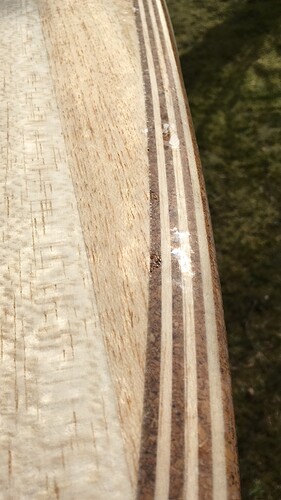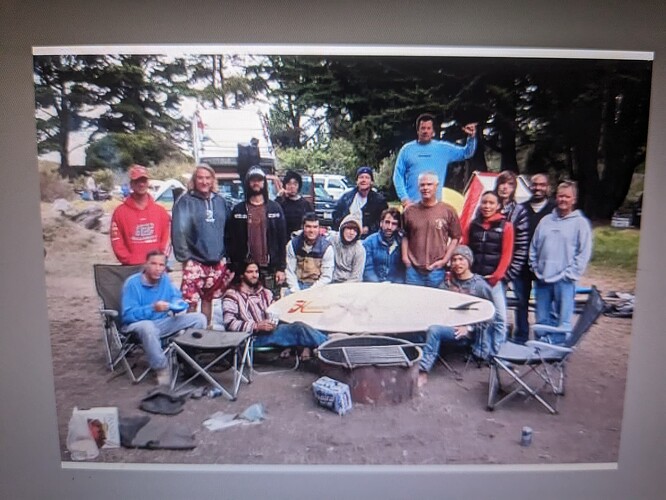Sorry I hope you guys don’t mind another question on wooden hollow surfboard. After much research I think I need to have a go building one myself. I’ve been debating how I should build the rails.
As I see it there seems to be three rough methods.
Solid rails, either gluing solid strips onto the side of the board once both top and bottom decks are glued on, or having the rails as part of the frame of the board. This seems in someways the least complicated, at least at the glue up stage. I wonder how much extra weight this method adds, it seems the rails are one of the heavier parts of the build.
Strip methods, either building up strips chamfering them as you go or using bead and cove strips. Seems a bit faffy, especially getting it ready to put the top deck on.
Hollow rails, seen a bunch of cool methods building up hollow rails. Seems like you get the best of both worlds, light but you can shape them yourself. They all look quite complicated to do. Was looking and how Wood_Ogres done his rails, seems like Paul Jensen does similar unfortunately I cant find pictures for his guide anywhere.
Would be interested to hear the pro’s and cons for each. Why you guys choose one over the other.
Would be stoked to see any pictures of your methods.


















